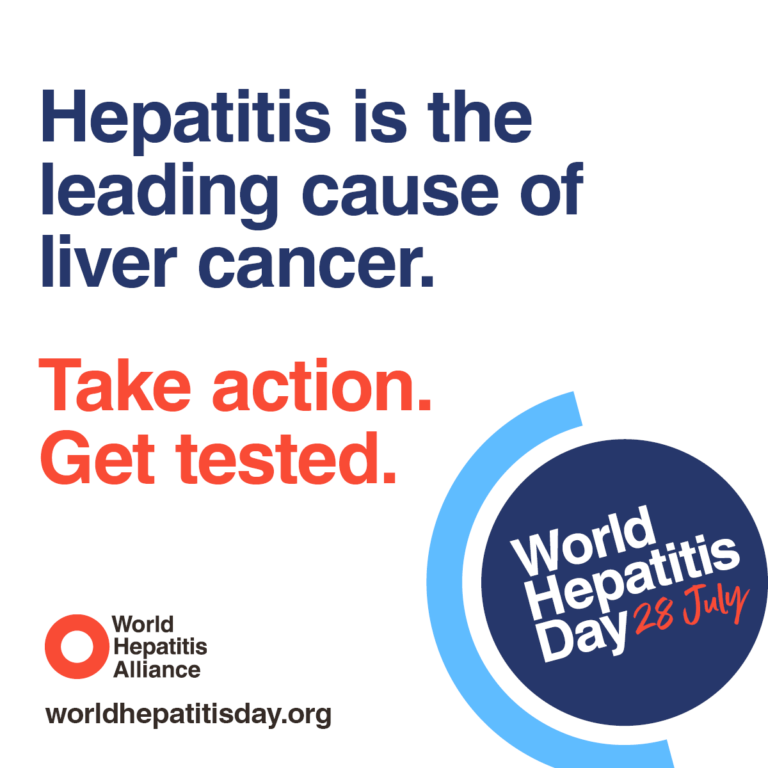
On World Hepatitis Day, the European Centre for Disease Prevention and Control (ECDC) highlights the ongoing public health challenges posed by hepatitis B and C infections, major risk factors for liver cancer in Europe.
Piotr Kramarz, ECDC Chief Scientist, said:
“The power to prevent cancer is within our reach. By intensifying efforts, we can speed up elimination of hepatitis B and C viruses, which cause increased rates of liver cancer across Europe. Early testing, prompt linkage to care, enhanced prevention measures, such as hepatitis B vaccination and comprehensive harm reduction programs, are key elements towards elimination of these viruses.”
Chronic hepatitis, caused by hepatitis B and C virus infections, is among the main risk factors for liver cancer, the sixth leading cause of cancer-related deaths in Europe, accounting for nearly 55 000 deaths in 2022.
Approximately 3.6 million people in the EU/EEA are chronically infected with hepatitis B virus (HBV) and 1.8 with hepatitis C virus (HCV). The prevalence of these infections as well as access to hepatitis prevention and care varies considerably across different countries and populations, with a particularly high burden among vulnerable groups, mainly people who inject drugs, people in prison and some migrant populations.
Around one-third of chronic hepatitis B cases in EU/EEA countries are among migrant populations and a similar percentage of chronic hepatitis C infections occur among people who inject drugs.
Effective prevention measures exist for both hepatitis B and C including vaccination against HBV and harm reduction measures for preventing transmission of blood borne infections through injecting drug use. Effective treatments are now available for both infections that can reduce the progression to severe liver disease and cancer.
While data collected by ECDC from EU/EEA countries indicate high levels of viral suppression for HBV and cure rates for HCV among those treated, a large proportion of people living with the disease remain undiagnosed and, as a result, do not receive the treatment and care that they need.
Additionally, a significant number of people are diagnosed only at advanced stages of disease, when cirrhosis and liver cancer have already developed. The World Health Organisation estimates that globally 87% of hepatitis B and 64% of hepatitis C infections are undiagnosed which highlights a need to strengthen efforts to scale up testing in most countries.
Furthermore, restrictions around which population groups are eligible for treatment still exist, with undocumented migrants and people who inject drugs facing barriers in some countries in Europe.
ECDC calls for enhanced efforts and collaboration between governments, healthcare providers, and communities to accelerate progress towards the elimination of hepatitis B and C. By scaling up vaccination programs, implementing targeted testing initiatives, ensuring systematic linkage to care, and enhancing infection prevention measures, we can achieve a healthier future for all.
